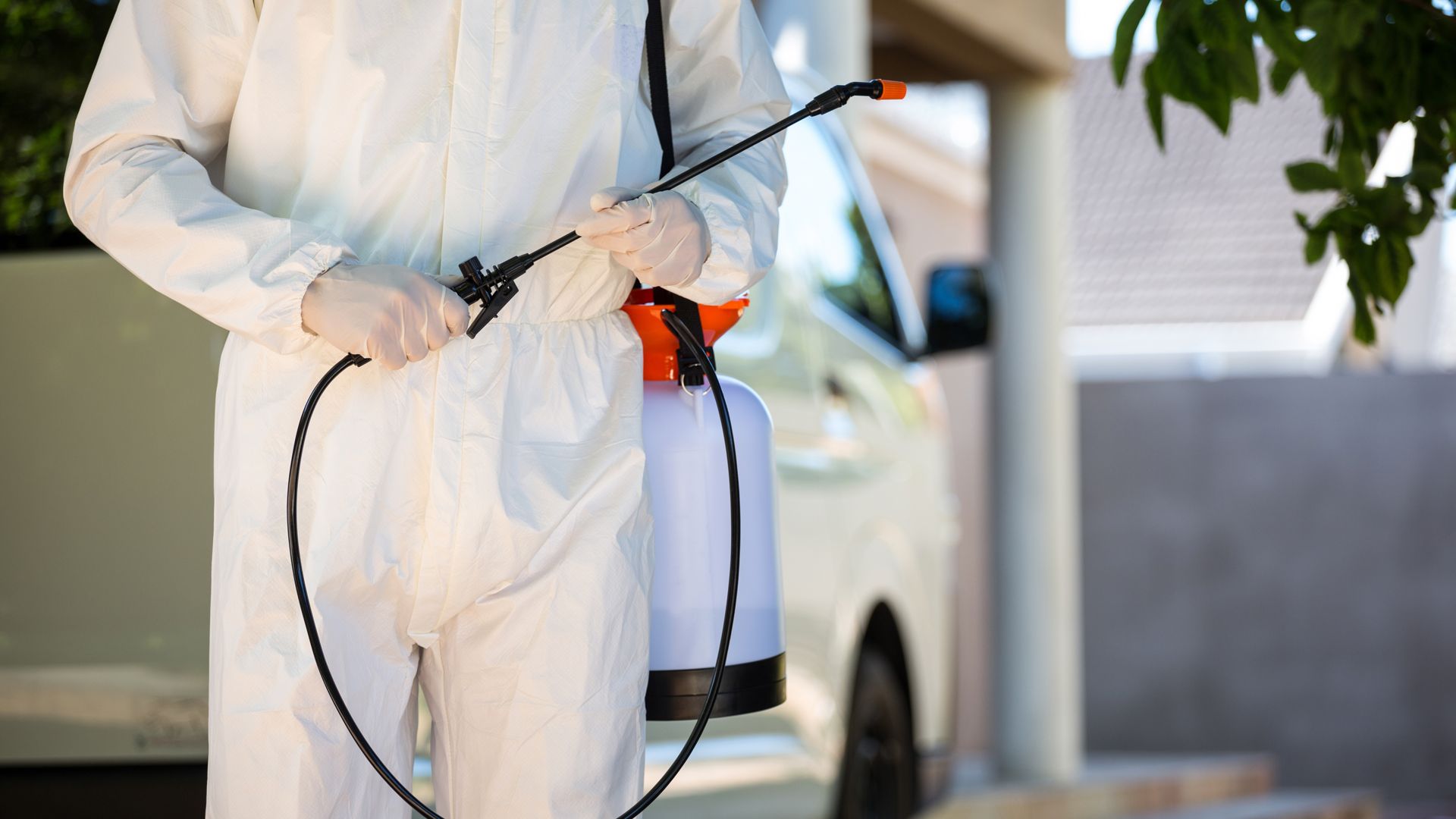Since termites are seldom seen, when they do show themselves, they are often mistaken for other pests. When termites first emerge, they have wings and swarm in the spring and early summer. Later they will choose a house to infest, shed their wings, and go indoors. If you notice yellowish-looking bugs in your house that you haven’t seen before, check the interior window sills for wings. This is a sure sign that they have made entry into your Austin home. This is bad!
While termites have their place in nature, devouring downed trees, aiding in the decomposition of the forest, and putting nutrients back into the soil, you do not want them devouring your home.
So what can termites do?
- They can eat 15 pounds of wood a week
- Destroy foundation timbers
- Damage plumbing
- Eat your furniture, even antiques
- Undermine your deck
- Turn your boat into a snack
- Eat your fence, trees, and lawn furniture
In South America and Africa, termites are regularly eaten by locals. They fry, sun-dry, smoke, or steam them in banana leaves. Termites are high in protein and provide good nutrition. Some believe termites are the food of the future. They're good news for the people that eat them, but bad news for property owners.
How Do I Know If I Have A Problem?
Oftentimes it’s difficult to spot termite damage. They are sometimes called silent invaders. The colony can be in your home for months or even years before showing signs. At first, the damage is unnoticeable because it occurs in areas you rarely, if ever visit. They prefer to enter the property unchallenged, using expansion joints, cracks in concrete slabs, and fireplaces.
Subterranean termites are very easily disturbed. If they feel threatened, they will hightail it to a different location in the structure and begin munching in private. If you suspect these hungry pests have taken up residence in your home, DO NOT disturb them.
Some of the common warning signs of termite infestation are:
- Small holes in walls, woodwork, doors, or molding accompanied piles of tiny pellet-looking dust. These are termite droppings, otherwise known as frass.
- Shed wings on windowsills. This is a sign that termites are not only present but also looking to expand to new colonies.
- What looks like a flying ant indoors is most likely a female reproductive termite. There are distinct differences if you know what to look for. Call us immediately if you find one of these inside.
- Mud tubes attached to walls. These are termite highways. They are necessary for termite survival because they need to stay hydrated. The mud tubes protect termites from the sun and predators on the outside of structures.
- Hollow-sounding or drooping walls. Often, the only thing holding them up is a thin outer layer and the mud that termites used to fill the tunnels.
- Blistering paint implies moisture; termites love moisture.
As a homeowner, awareness is the first step toward saving your home and your wallet from the costly damages termite infestations leave behind. While there are important steps you can take to minimize your risk for termites, such as keeping soil from creeping up over your home’s foundation and storing wood piles well away from your home, this may not be enough.
For the best insurance against termite infestations, your best bet is to follow two important steps: first, educate yourself about all the warning signs of a potential termite swarm so that you can react accordingly if you detect one around your home. Second, schedule annual termite inspections from Roberts Termite & Pest Control so that you can rest assured that termites haven’t gotten a foothold on your property.
Can I DIY My Termites?
You can attempt to DIY termite elimination, but it’s doubtful that you will be completely successful. DIY treatments fall short of the required measures to completely rid your home of termites. Some commonly used products/methods are:
- Termite baits
- Direct Chemicals
- Beneficial Nematodes
- Spot treatments
- Essential oils
- Boric acid
- Diatomaceous earth
All these DIY products and methods might give you a short reprieve. However, Some of these methods make the problem worse if applied incorrectly. These DIY methods do not come close to the effectiveness of the expertise of a professional pest control company.
The Best Course Of Action
Because your house is at risk, the wisest thing to do is to contact Roberts Termite & Pest Control. We will give you a free estimate, explain our termite extermination procedures, and move forward with an agreed-upon treatment plan based on your property's needs.

